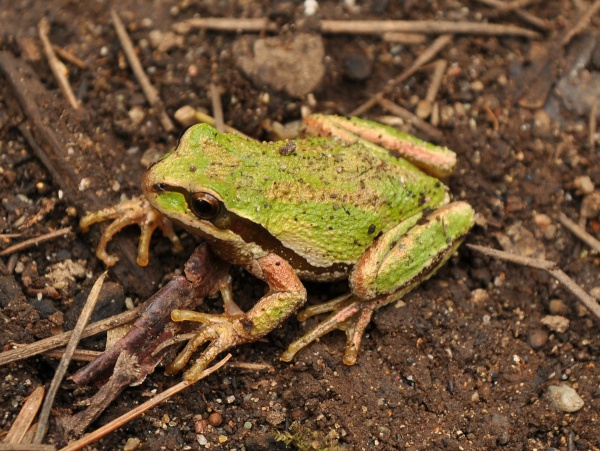Facts About Pacific Chorus Frog
The Pacific tree frog, also known as the Pacific chorus frog, is a captivating little creature native to the Pacific Northwest. You can spot them from Northern California all the way up to Alaska. These adaptable frogs thrive in a variety of habitats, breed in water, and possess the fascinating ability to change colors over time. However, there has been some confusion over the years regarding their common names and scientific classification.
These frogs are diminutive, growing to a maximum length of about 2 inches. The males are easily distinguishable during the mating season due to the vocal sacs on their throats, which they use to call out to females. Pacific tree frogs come in a range of colors and boast distinctive markings. Their toe pads are specially adapted for climbing, making them quite agile. You can find them in diverse places, from tranquil ponds to bustling urban areas, spanning from California to British Columbia.
When it comes to reproduction, these frogs become active from early winter to spring. Males create a chorus of calls to attract females, who then lay their eggs in water. These eggs hatch into tadpoles that feed on algae. Over time, the tadpoles undergo metamorphosis into adult frogs. As nocturnal hunters, they feast on insects and are ready to reproduce by the next season following their transformation.
One of the most remarkable traits of Pacific tree frogs is their ability to change color. This ability helps them blend into their environment and evade predators. Special pigments in their skin allow them to switch colors depending on their surroundings.
Fortunately, these frogs are faring well in terms of conservation. They are abundant in their habitats and play a crucial role in the ecosystem, acting as a keystone species. In Washington State, they have even been honored as the state amphibian, highlighting their regional significance.

 Guatemala
Guatemala